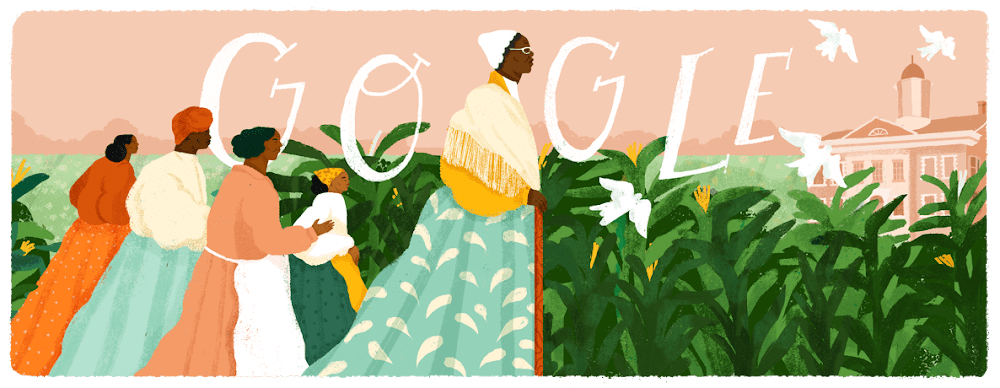In 1806, a 9-year-old girl named Isabella was taken from her parents, placed on a slave auction block, and sold along with a flock of sheep for $100. At a time of almost no choices for black women like her, Isabella later chose the name we know her by today: Sojourner Truth. “Sojourn” means to journey; to live somewhere temporarily. As slaves, African-Americans always “lived temporarily,” never knowing when all family ties would be severed on the next auction block.
A traveling advocate, separated from her children, Sojourner spoke truth to power about the horror of slavery and the absence of black women’s rights at a time when voices like hers were brutally silenced. Sojourner’s journey seems almost impossible: how does someone so powerless—a black slave girl born over 200 years ago into a white supremacist society, sold three times by age 13—become so influential? I don’t know, I can’t fathom it. But I do know that a founding element of being African-American has always been the journey, and the loss of home—or homeland.

February is Black History Month. Today’s Doodle by Philadelphia-based guest artist Loveis Wise, depicts Sojourner Truth on her journey across the US, next to women she mobilized on her quest.
The Association for the Study of African American Life and History has made Black Migrations its theme during 2019, emphasizing the movement of people of African descent to new destinations. It makes me think of an illiterate 14-year-old black boy called Alan, born in 1893, who wanted to go to university—an absurd proposition. His father, the illiterate son of slaves, protested that Alan’s future was as a share-cropper like every other black person they knew—and that to think anything else risked death. But Alan “sojourned.” He walked 500 miles from Florida to Fisk, a university for freed slaves in Tennessee. He walked into another life. I know this story, because Alan was my grandfather, and his journey paved the way for mine. It’s a longer story for another time, but when I had the privilege to become the second black woman elected to the British Parliament, I wanted to tell my grandfather this: although I can’t fathom how you transformed utter hopelessness into opportunity, I will always be unimaginably grateful for every step you took. So many lives, including mine, were built on your journey.
Sojourner Truth taught us that “a journey” can be much more than changing places. It can be about changing reality, changing fate. However you describe it, fundamentally it’s about making a previously unimagined change—and that’s what I’d like us to do at Google during Black History Month. If we want to build “products for all” and make them “universally useful and accessible,” then we need a workforce reflective of all, and a workplace free of prejudice and bias.
I left Parliament to come to Google because I passionately believe that technology—coupled with the best aspects of Google’s culture—provide the best shot we’ve got at true representation, equity and inclusion. Have we done it yet? Clearly not. Could we do it? Absolutely. Right now, we’re focused on finding and retaining more diverse talent, and on building a more inclusive culture and more inclusive products. Outside Google, we’re investing in educational systems that will bring better representation and diversity to our workforce.
And because standing still is not an option, we’ll spend Black History Month celebrating people from past and present who drive change, starting with a new collection of documents about Sojourner Truth in Google Arts and Culture. By telling these stories, we hope to inspire even more people to start their own journeys. Sojourner Truth changed her reality in a way that inspires us to do the same: to continue on our journey towards a more diverse and inclusive Google. Our consumers, our products, and our values demand it.